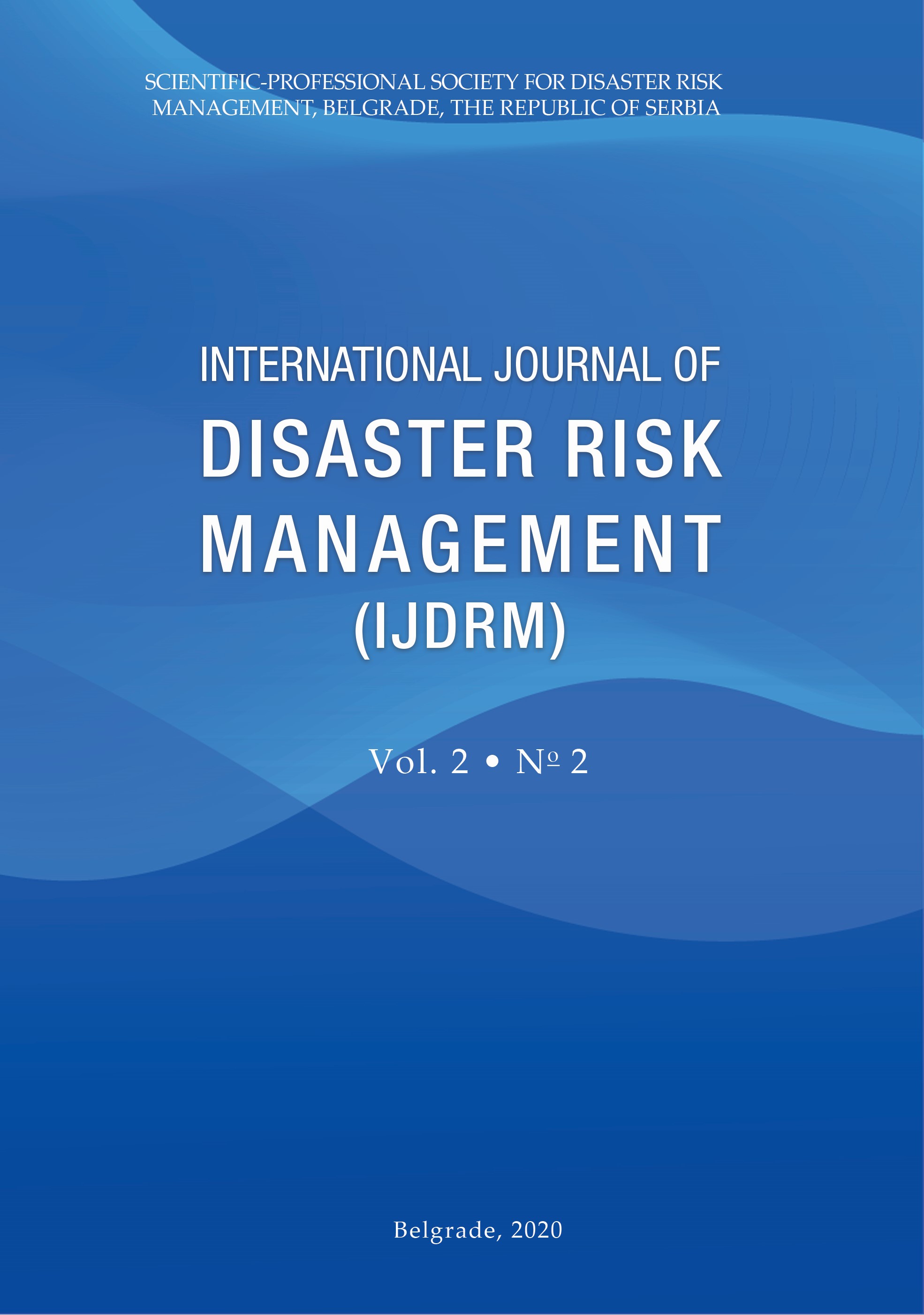Water crisis and adaptation strategies by tribal community: A case study in Baghaichari Upazila of Rangamati District in Bangladesh
Water crisis and adaptation strategies by tribal community: A case study in Baghaichari Upazila of Rangamati District in Bangladesh
Author(s): Uttam Bikash Chakma, Akhter Hossain, Kamrul Islam, G.N. Tanjina Hasnat, Md. Humayain KabirSubject(s): Energy and Environmental Studies, Environmental and Energy policy, Inter-Ethnic Relations
Published by: Naučno-stručno društvo za upravljanje rizicima u vanrednim situacijama
Keywords: Tribal; Chittagong Hill Tracts; water crisis; adaptation strategies; deforestation
Summary/Abstract: Water crisis under changing climate is one of the major environmental challenges in Bangladesh. Tribal communities of Chittagong Hill Tracts (CHTs) have been suffering from water scarcity since long. This study aimed to identify the available water sources, extent of water scarcity and traditional adaptation practices to cope with water scarcity in hilly area of Bangladesh. This study was conducted by face-to-face interview using a structured questionnaire in 6 villages of three union of Bagaichari upazila which were selected through stratified random sampling method. The main sources of water for drinking, domestic use and irrigation were river, streams, dam over streams (Godha), very small stream (Thagalok), well dug on hill bottom (Shillaw hoo), springs, big dug well, tube-well, ring-well, river, and pond. In every year December-April is the dry and water crisis period. To overcome the severity, people built small dams (Godha) to raise water level and use in irrigation and domestic purposes. For drinking water maximum 42% people dependent on shilaw hoo. For domestic purposes 38% households dependent on streams and 65% dependent on Ghoda for irrigation water. Tribal people of the study area have to walk a long hours to collect water from sources located about 1-2.5 kilometers away from the settlement with earthen or plastic buckets sized 10 to 15 litters. Water crisis was found in severe condition since last 5-10 years. Before that water was available in hilly region. Maximum people (89%) reported deforestation as the main reason of water crisis. This study suggests both government and non-governmental professionals to foster local communities’ adaptation capacity against the water scarcity in Bagaichari upazila. This study will play a vital role to take relevant adaptation policies both by the policy makers and practitioners.
Journal: International Journal of Disaster Risk Management
- Issue Year: 2/2020
- Issue No: 2
- Page Range: 37-46
- Page Count: 10
- Language: English

